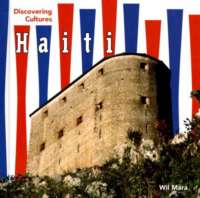
Geography, history, governmental structure, economy, cultural diversity, peoples, religion, and culture of Haiti.

Geography, history, governmental structure, economy, cultural diversity, peoples, religion, and culture of Haiti.
Provides comprehensive information on the geography, history, governmental structure, economy, cultural diversity, peoples, religion, and culture of the Antigua and Barbuda.
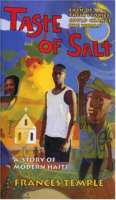
Every Life Makes a Story. Djo has a story: Once he was one of “Titid’s boys,” a vital member of Father Jean-Bertrand Aristide’s election team, fighting to overthrow military dictatorship in Haiti. Now he is barely alive, the victim of a political firebombing. Jeremie has a story: convent-educated Jeremie can climb out of the slums of Port-au-Prince, but she is torn between her mother’s hopes and her own wishes for herself and for Haiti. Father Jean-Bertrand Aristide has a story: a dream of a new Haiti, one in which every person would have a decent life, a house with a roof, clean water to drink, a good plate of rice and beans every day, anda field to work in. At Aristide’s request, Djo tells his story to Jeremie for Titid believes in the power of all of their stories to make change. As Jeremie listens to Djo, and to her own heart, she knows that they will begin a new story, one that is all their own, together.
Contrasts the two worlds of an eight-year-old Dominican American girl who lives in New York City but speaks Spanish as her native language and frequently returns to her island home.
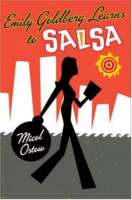
Emily is a Jewish girl from the suburbs of New York, end of story. Her mother has family in Puerto Rico, but Emily has never had any contact with them–not until she’s forced to go to the Caribbean for her grandmother’s funeral. Pampered Emily wants nothing to do with her Puerto Rican heritage– until a very special person shows her that that uncovering her roots is like discovering a secret part of her own heart.

The largest island in the Caribbean, Cuba is a place of mountains and forests, beaches and coral reefs, large cities and quiet villages. Its thriving cultural life has been shaped by the many different groups that have called Cuba home, including native peoples, Spaniards, and Africans. Frank Staub offers readers a clear portrait of what life is like for the children of Cuba.
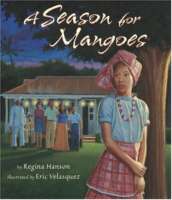
Sareen is attending her first sit-up, a Jamaican tradition that celebrates the life of a loved one who has died. The whole village has come to share memories of Sareen’s Nana. Sareen wants to tell her stories of Nana’s last mango season and their search for the perfect mango, but she’s afraid the words won’t come or that she’ll begin to cry. It’s only when Sareen faces her fear that she realizes it’s not the sadness of Nana’s death that she’ll remember best but the joy of Nana’s life.Set amid the rich culture and lush scenery of Jamaica, this moving book offers the hope of rediscovering joy after a loss and pays tribute to the remarkable power of story: to touch, to connect, and to heal.

A young girl growing up in Spanish Harlem in the 1940’s watches the secure world of her childhood years slowly erode away.
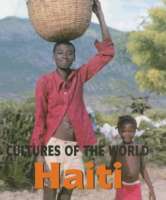
“Explores the geography, history, government, economy, people, and culture of Haiti.”–Provided by publisher.

Richard Hughes’s celebrated short novel is a masterpiece of concentrated narrative. Its dreamlike action begins among the decayed plantation houses and overwhelming natural abundance of late nineteenth-century Jamaica, before moving out onto the high seas, as Hughes tells the story of a group of children thrown upon the mercy of a crew of down-at-the-heel pirates. A tale of seduction and betrayal, of accommodation and manipulation, of weird humor and unforeseen violence, this classic of twentieth-century literature is above all an extraordinary reckoning with the secret reasons and otherworldly realities of childhood.